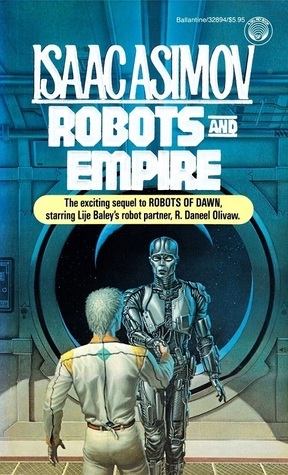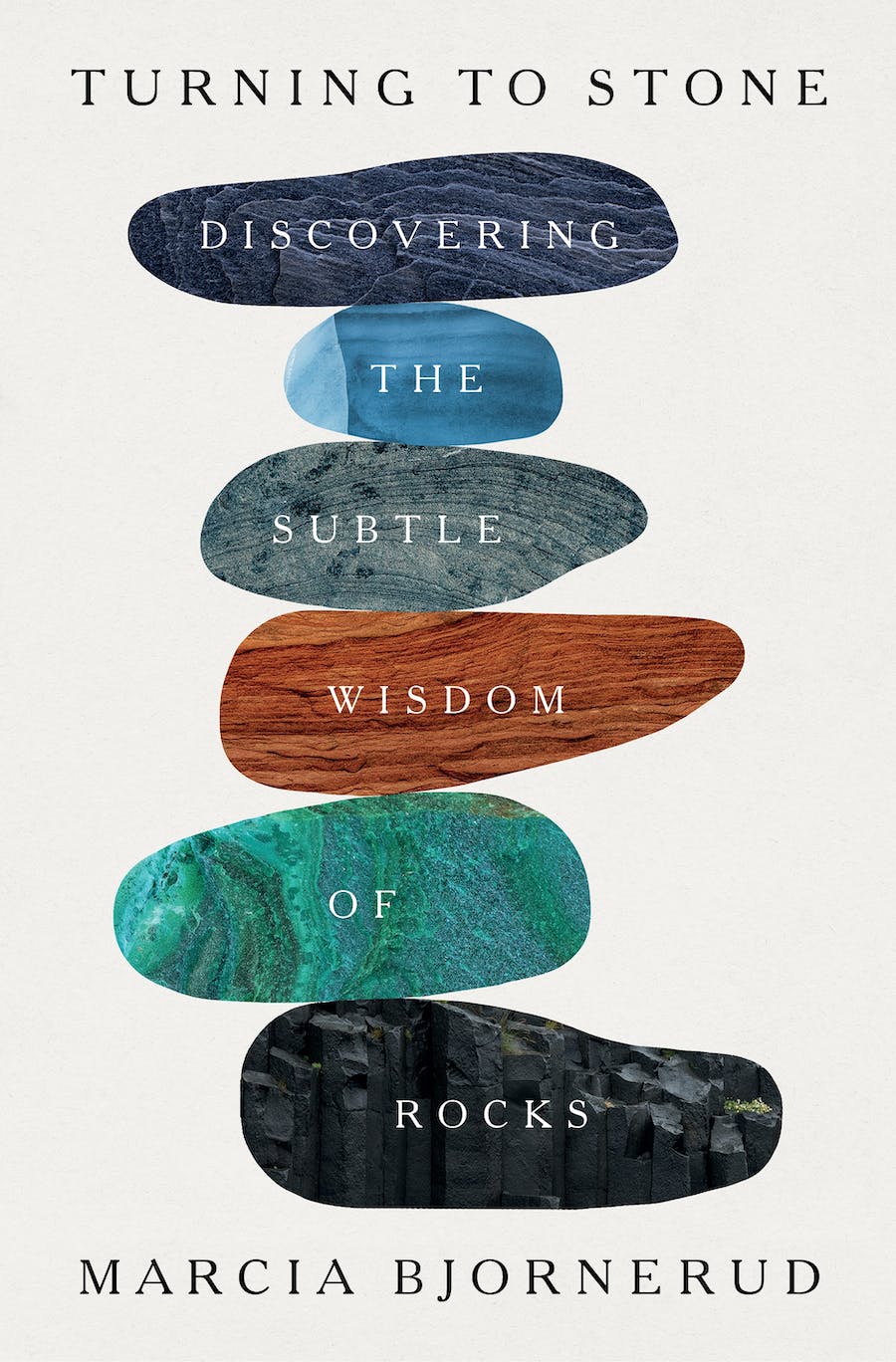- The Good: Modern geology and ancient rocks!
- The Bad: Not entry level
- The Literary: Structured through the lens of the author’s life
Geologist Marcia Bjornerud shares her love of rocks, both from an academic perspective through the lens of her life and through lessons the life-cycle of rocks can teach us.
While reading this, it dawned on me that there aren’t very many pop-geology books. I can name quite a few general interest science books, and there are loads of books specific to physics, astronomy, and psychology. More recently, there’s an increasing interest in biology and chemistry, but still very few geology books for the layperson.
Unfortunately, this book doesn’t quite meet that criterion. Even to a chemist like myself, the geology terms are thrown around quite casually, which can be confusing and off-putting for the average reader. Perhaps a reader with at least an intro semester in geology in college would fare better. But if you’re patient and looks up terms often, it’ll pay off.
I really like the structure of the book, which is half autobiography and half science. Bjornerud divides her own life story into chapters, then associates each period in time with a type of rock, usually because that rock featured heavily in her location or her studies, but she then extends the correlation into metaphor.
For example, in Chapter 1, as a girl growing up in rural Wisconsin Bjornerud would get sand in her shoes walking to the bus stop, and this kicks off the chapter on Sandstone. She reflects on the legacy of rural America, both the good and the bad, including environmental abuse and racism. Their farmland used to be an expanse of old-growth white pine in the Menominee Nation. The tribe selectively harvested the trees, whereas settlers cut them all down for agriculture before becoming interested in the oil beneath. Bjornerud traces the history of the sand, from its early days as granite in the Proterozoic mountains, then a sandy Cambrian beach, then hardening into sandstone. Without all the tree roots, Wisconsin’s sandstone eroded away with every rain, so the 1930s saw the concept of soil preservation arise. Hydrogeologists became interested in its role in groundwater, determining that the sandstone filters pathogens from rainwater and creates clean water oases underground. Bjornerud also compares the increase in environmental change by humans with the social upheaval in her childhood in the 1970s, from politics to technology.
Bjornerud’s life in itself has some interesting parts, but it’s not nearly sensational enough to make a standalone autobiography. In fact, some parts are quite dull, in the sense that they are normal. Raising kids as a single mom, or feeling out of touch with the local community, moving for a new job, or even grieving, these are all events that make up a normal life. I admit I wondered several times if I even liked the structure of the book, because there’s little to make the reader care deeply for the author.
However, in hindsight I understand the structure. I realize now that Bjornerud’s life is not meant to be unique. Take any one of our lives, sensational or normal, and set it against the backdrop of the life of a rock, against billions of years, and we’re all quite small and humbled against the span of deep time. Our lives are microcosms of an even bigger story that we forget we’re a part of. Our own tumultuous life events are small fries against the transformation going on in the depths of the Earth.
My favorite part of each chapter is when she finally dives into the rocks themselves. There’s an entire world of knowledge to uncover, both with the science and the history of rocks and our understanding of them. Some of my top take-away’s include:
- Geology is a relatively new science. The age of the Earth and plate tectonics wasn’t determined until the 1950s and 60s, respectively.
- Deep sea sediments suggest that ice sheets in the northern hemisphere melted and reformed at least 30 times over 2 million years
- Turbidite rock forms a famous outcrop of rock at Siccar Point, Scotland, considered the birthplace of modern geology. In 1778, James Hutton surmised that the deformed rocks had once been in the heart of an ancient mountain range, 150 years before the concept of plate tectonics.
- The granite problem, which essentially asked, “when and how did all the Earth’s granite form,” was not solved until very recently. Multiple competing theories divided the geology community for decades.
- The extremely rare ecologite is the motive force behind tectonics, in which basalt turns into garnet-rich ecologite, which sinks slabs of ocean crust deep into the mantle.
I think Bjornerud’s primary message is to inspire us to see that the Earth is not a passive backdrop against which we live our lives. Environmentalist themes emerge — not just for the sake of our children — with the knowledge that we live in a greater ecosystem bigger in space and time than we can imagine.
Highly recommended for those with a basic knowledge in geology!





